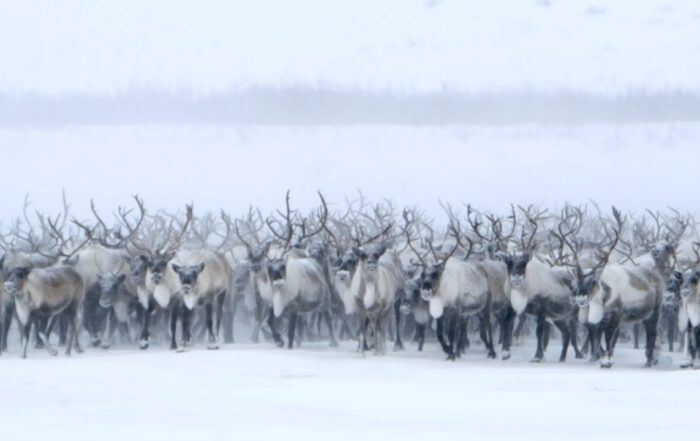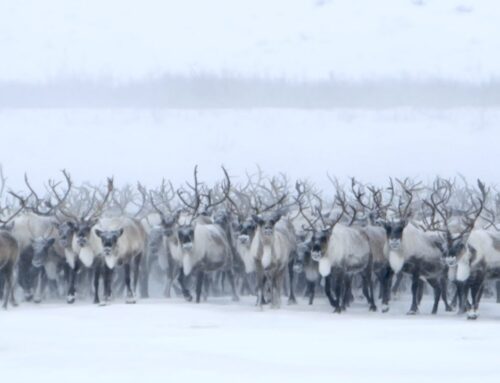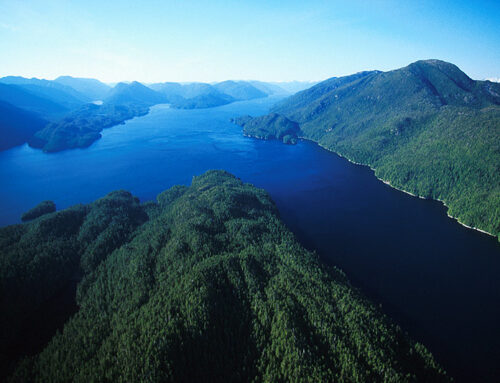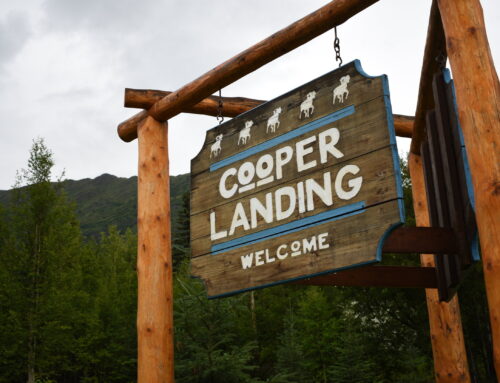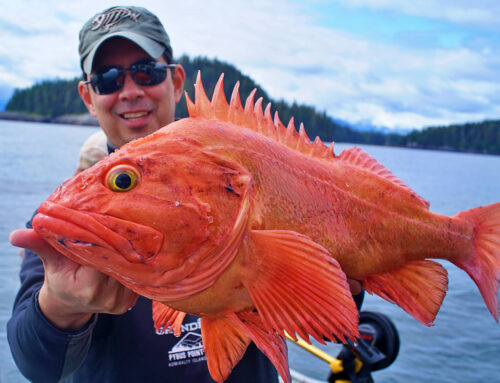Salmon Through the Ages: An Evolutionary Odyssey
In Alaska, seven distinct species of Pacific salmon call this region their home, each bearing a multitude of names. These species encompass Chinook salmon, Sockeye salmon, Shum salmon, Pink salmon, Coho salmon, as well as Rainbow trout and Cutthroat trout. The nomenclature associated with these aquatic inhabitants is as diverse as their traits. Chinook salmon, for instance, may be referred to as ‘king,’ ‘spring,’ ‘Tyee,’ or ‘blackmouth’ salmon. Sockeye salmon may be identified as ‘red’ or ‘blueback,’ while Chum salmon is recognized by monikers such as ‘dog’ or ‘keta.’ Pink salmon is occasionally dubbed ‘humpback’ or ‘humpy,’ and Coho salmon is commonly known as ‘silver.’
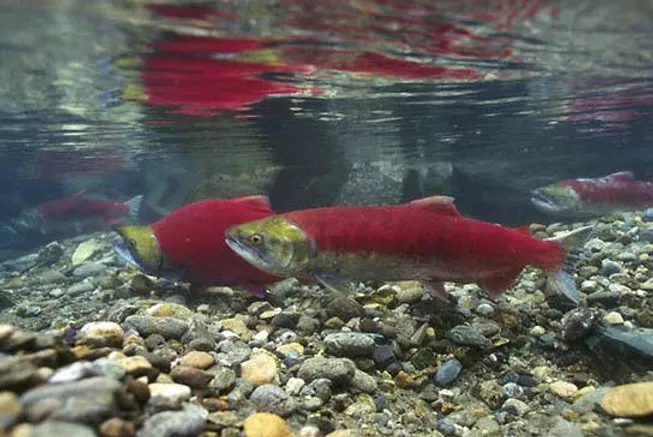
The evolutionary history of Alaska’s salmon is characterized by ongoing change and adaptation.
Fish traps and weirs have played a significant role in the history of fishing in Alaska, particularly among Indigenous communities. These traditional fishing methods have been utilized for centuries to capture fish efficiently and sustainably. Fish traps and weirs are designed to guide and collect fish as they migrate upstream to spawn or move into rivers and streams. Indigenous peoples in Alaska have a long history of constructing fish traps and weirs to harvest salmon and other fish species. These structures typically consist of carefully placed rocks, logs, and other natural materials to create channels and barriers in waterways. Fish are funneled into traps or weirs as they swim upstream, making it easier for fishermen to catch them.
In the late 19th and early 20th centuries, commercial fishing operations in Alaska began using larger and more industrial-scale fish traps. These traps were often made of wood and wire mesh and could catch large quantities of fish in a single operation. However, their widespread use and overfishing resulted in a huge impact on salmon populations and the environment.
As a result, fish trap regulations were introduced in the early 20th century, leading to the eventual phase-out of fish traps in Alaska by the 1950s. Today, many Indigenous communities in Alaska continue to use traditional fish weirs for subsistence fishing, preserving their cultural practices and sustainable fishing methods. The history of fish traps and weirs in Alaska reflects the delicate balance between resource utilization and conservation efforts in the region.
The Bristol Bay watershed of southwestern Alaska holds the remarkable distinction of being the largest salmon return in the world. Every year, millions of these salmon embark on a phenomenal journey, navigating the intricate network of rivers, streams, and tributaries within the Bristol Bay watershed. Their journey takes them from the open ocean, where they have spent years feeding and growing, back to the very streams and rivers where they were born.
The importance of the Bristol Bay watershed cannot be overstated. It supports not only the world’s largest sockeye salmon population but also a complex web of interconnected ecosystems. The annual return of salmon brings with it a surge of nutrients that nourishes the entire region, from the smallest microorganisms to the iconic brown bears that depend on the salmon as a critical food source. Moreover, the Bristol Bay watershed plays a pivotal role in sustaining local Indigenous communities and supporting the livelihoods of commercial and subsistence fishermen. This ecological wonder serves as a testament to the resilience and significance of salmon in maintaining the delicate balance of nature.
Photos courtesy of Tongass National Forest, Alaska Fish & Game, Alaska State Archives, Alaska Sealife Center, Smithsonian Magazine, Alaska.org, and The Pacific Salmon Foundation.

